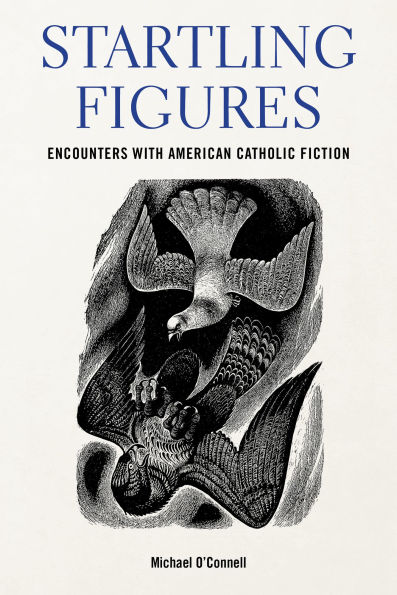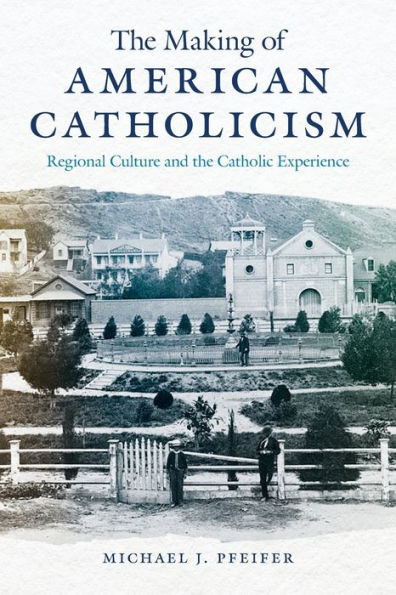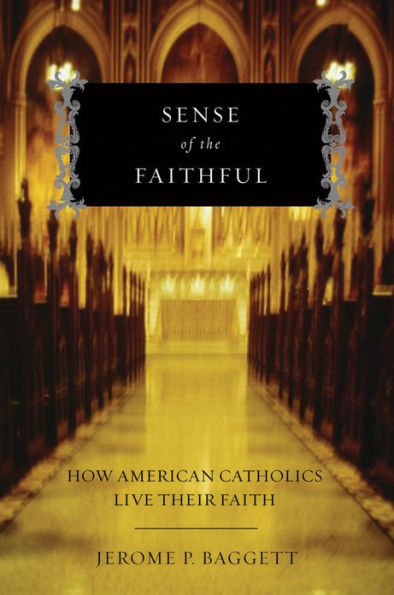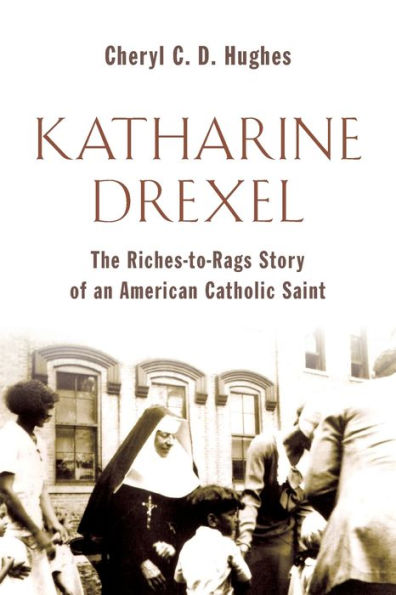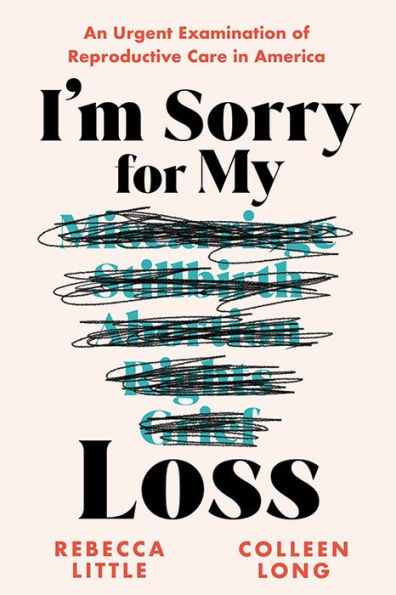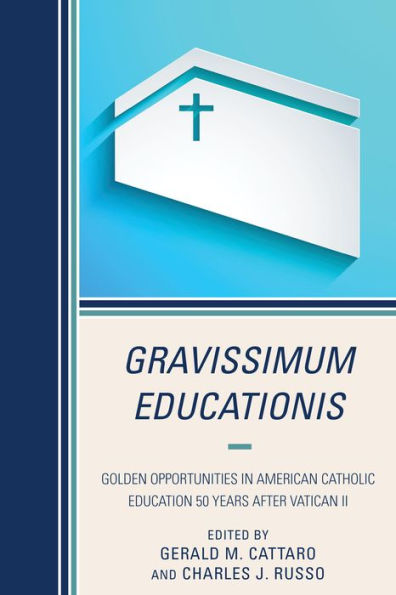Home
Bishops and Bodies: Reproductive Care American Catholic Hospitals
Barnes and Noble
Bishops and Bodies: Reproductive Care American Catholic Hospitals
Current price: $32.95
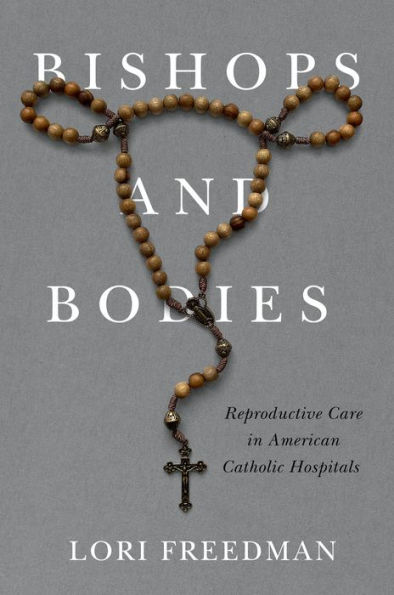

Barnes and Noble
Bishops and Bodies: Reproductive Care American Catholic Hospitals
Current price: $32.95
Size: Paperback
Loading Inventory...
*Product information may vary - to confirm product availability, pricing, shipping and return information please contact Barnes and Noble
Winner of the 2024
Donald W. Light Award for Applied Medical Sociology, American Sociological Association's Section on Medical Sociology
One out of every six patients in the United States is treated in a Catholic hospital that follows the policies of the U.S. Conference of Catholic Bishops. These policies prohibit abortion, sterilization, contraception, some treatments for miscarriage and gender confirmation, and other reproductive care, undermining hard-won patients’ rights to bodily autonomy and informed decision-making. Drawing on rich interviews with patients and providers, this book reveals both how the bishops’ directives operate and how people inside Catholic hospitals navigate the resulting restrictions on medical practice. In doing so,
Bishops and Bodies
fleshes out a vivid picture of how The Church’s stance on sex, reproduction, and “life” itself manifests in institutions that affect us all.
Donald W. Light Award for Applied Medical Sociology, American Sociological Association's Section on Medical Sociology
One out of every six patients in the United States is treated in a Catholic hospital that follows the policies of the U.S. Conference of Catholic Bishops. These policies prohibit abortion, sterilization, contraception, some treatments for miscarriage and gender confirmation, and other reproductive care, undermining hard-won patients’ rights to bodily autonomy and informed decision-making. Drawing on rich interviews with patients and providers, this book reveals both how the bishops’ directives operate and how people inside Catholic hospitals navigate the resulting restrictions on medical practice. In doing so,
Bishops and Bodies
fleshes out a vivid picture of how The Church’s stance on sex, reproduction, and “life” itself manifests in institutions that affect us all.

